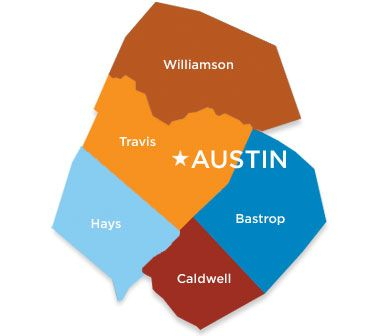
Local
Central Texas Hispanic-owned businesses top findings were:
- Under scenario projections in the study, Hispanic-owned businesses could top 51,000 in number and contribute over $12.8 billion in revenues to the Central Texas economy by 2020.
- Transportation and warehousing; information; administrative support; finance and insurance; and the professional and technical services industries experienced the fastest growth over the past five years.
- Total employment by Hispanic-owned businesses in Central Texas is projected to grow from 48,793 in 2013 to 127,500 in 2020.
- Nearly nine out of ten (87%) Hispanic businesses surveyed in our study reported that they started their business themselves and—of those surveyed—third generation Hispanics made up one out of three Hispanic businesses in Central Texas.
- 42.4% of Hispanic-owned businesses in Central Texas made less than $100K in 2013 and 47.1% made between $100K and $499K. Hispanic-owned businesses remained relatively small (four employees) on average.
- 65% of Hispanic businesses surveyed reported having an undergraduate degree or higher.
Source: 2014 GAHCC Hispanic Business Research Study
Issues
The growth of Hispanic/Latinos dominates overall population growth in Austin. In 2010, Hispanic/Latinos in Austin were 35.1 percent of the total population. The areas of the greatest growth among Hispanic/Latinos manifest themselves in the very young. 56.1 percent of Hispanic/Latinos are under age five, while 50.9 percent are under 18. This number becomes even more significant when you consider that 45.5 percent of those under five and 40.6 percent of those under 18 are living in poverty.
Data
There are more than a quarter of a million children and youth living in Travis County, according to American Community Survey 1-Year Estimates. The growth rate of the under 18 population is higher in Travis County than in the City of Austin and higher still in the five-county Metropolitan Statistical Area. Almost one-fourth of children in Travis County live in poverty and 45 percent are low-income, meaning they live in families that earn less than two times the federal poverty threshold. Children in lower income households are less likely to have their basic needs met or to have access to quality pre-k and out-of-school-time programs. Lower-income children also tend to be geographically concentrated in areas with low-performing schools.
Source: Cuidad de Austin Hispano Latino Iniciativa para la Calidad de Vida
State
Texas gained almost nine Hispanic residents for every additional white resident last year.
https://www.texastribune.org/2019/06/20/texas-hispanic-population-pace-surpass-white-residents/
National
Key facts about U.S. Hispanics and their diverse heritage: https://www.pewresearch.org/fact-tank/2019/09/16/key-facts-about-u-s-hispanics/
Demographics: https://www.pewresearch.org/hispanic/2017/09/18/2015-statistical-information-on-hispanics-in-united-states/
Economic Development: US Entrepreneurship Rate Is Mostly Driven By Hispanic Population https://www.piie.com/research/piie-charts/us-entrepreneurship-rate-mostly-driven-hispanic-population
